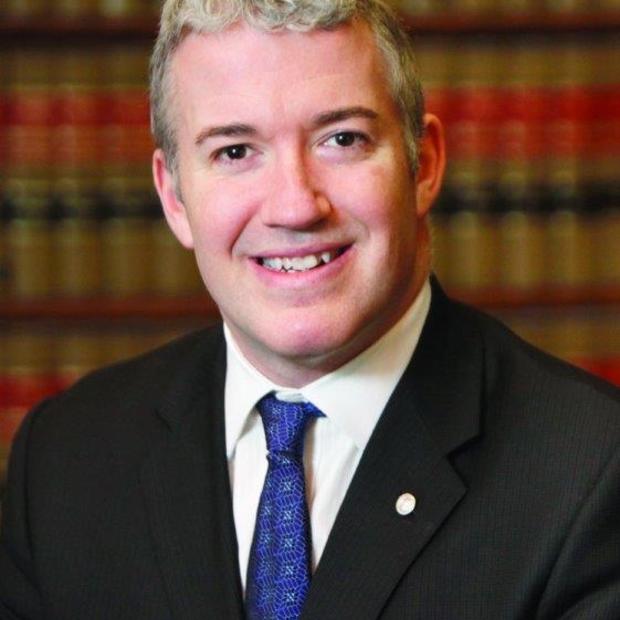Is our state's policy on long-term care policy at the tipping point?
This year's state budget established a joint legislative executive committee on aging and disabilities. The committee is tasked with studying our state’s long-term care needs and issuing an initial report this month, with a final report due in December 2014. Some compassionate legislators of both parties serve on this committee, as does the secretary of the Department of Social and Health Services. But the future of long-term care in an aging state — where more and more of us can be expected to need help for an extended period of time — has been studied innumerable times before with no results.
For years, long-term care policy has been as much directed by sanctions as it has been by affirmative policy decisions by the state.
Since Initiative 775 passed in 2001, compensation for the state’s in-home caregivers has been determined not through good-faith bargaining on the state’s part, but rather through a series of arbitration awards. In fact, then-Gov. Gary Locke welcomed, so to speak, the passage of I-775 by vetoing a 25-cent-an-hour wage increase for caregivers in 2002.
A 2007 Washington Supreme Court decision required additional Medicaid funding for in-home care hours for laundry, meal preparation, shopping and other services that the state was refusing to cover. The state had callously slashed compensation for care needs by 15 percent in cases where the low-wage workers lived with their impoverished clients; clients would have been better off with homeless caregivers. The court found that even “before any reduction, the hours required to provide for the needs of the individual plaintiffs greatly exceeded the hours actually reimbursed.” The state’s defeat required an additional $15 million appropriation in 2008.
The implications of the 2007 opinion still resonate today: A follow-up 2010 Thurston County court decision found that the state owed $95 million to 22,000 caregivers who had continued to provide lifesaving care despite the state’s penny-pinching. The case is now before the Washington state Supreme Court. With studied callousness, the state has argued that “people received the care provided for under Medicaid, and their caregivers were paid for the number of service hours awarded.” In other words, the hours actually worked were quite irrelevant. There are less polite terms for such servitude.
In 2009 the Legislature was required to come up with $23 million in Medicaid reimbursement for nursing homes after a Thurston County judge’s decision found the state had miscalculated a previous reimbursement increase, forcing it to make retroactive payments. The state accommodated this by ceasing to pay more current costs.
In 2011, the state started to consolidate its Residential Habilitation Centers (RHCs) for those with severe disabilities, facilities that fulfill a duty of long-term care as old as statehood: The 1889 language in the Washington Constitution required the state to foster and support institutions “for the benefit of blind, deaf, dumb, or otherwise defective youth; for the insane or idiotic.”
From the beginning the RHC downsizing has been an exercise in social Darwinism. In October 2011 a 30-year-old former resident of the Frances Haddon Morgan Center in Bremerton drank laundry detergent and died following placement in a less-supervised environment. Now the federal government has concluded that, in attempting to save $1 million in caring for 27 residents at a state-run nursing home in Spokane County’s Lakeland Village, the state broke the law at least 41,231 times. The state may now be on the hook for a penalty of as much as $16 million, quite apart from the irreparable harm to very vulnerable citizens.
Put another way, by trying to save $1 million on the care of 27 people, the state may now be penalized as much money ($16 million) as it saves each year by ignoring the costs of nursing home care for 10,000 Medicaid patients throughout the state and keeping their reimbursement fixed to 2007 costs, through 2015. Does this seem like a wise way of saving money, quite apart from any consideration of principled long-term care policy?
This may just be the tip of the iceberg. The Lakeland finding is now prompting the federal government to look at other state RHCs in Shoreline and Selah.
Today, we face the real risk that the needs of the elderly and those with disabilities will be pitted against those of our children in the K-12 system. Will the current long-term care study have more productive results? Or will we have to await yet another sanction to steer our way forward when it comes to our most vulnerable citizens?


